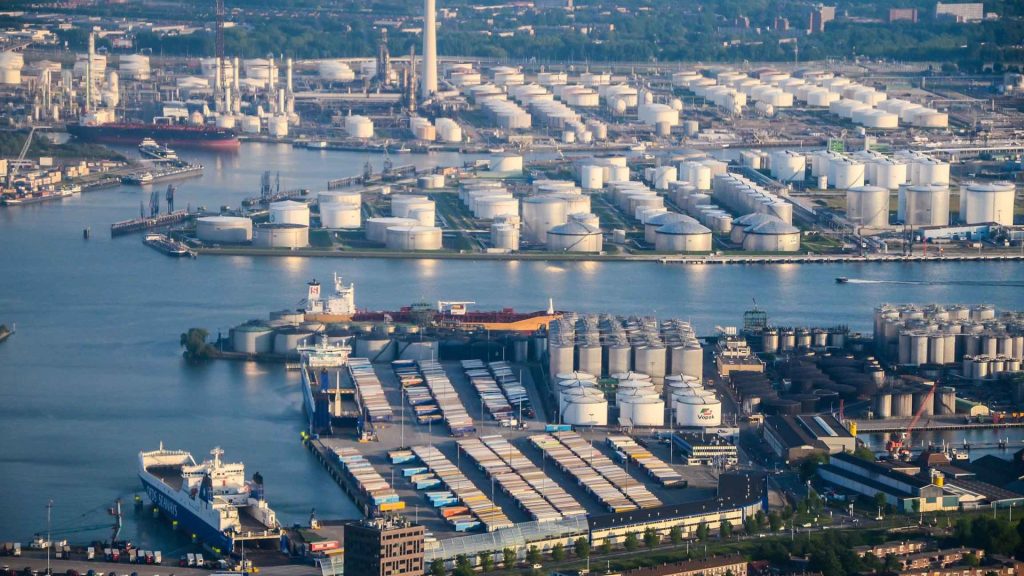The MNRE’s decision to designate Deendayal, VO Chidambaranar, and Paradip ports as “Green Hydrogen Hubs” is being touted as a “defining inflection point” for energy transition. The move is presented as a direct translation of policy intent into investable, large-scale industrial action.
The critical, unanswered questions loom large — How will the astronomical cost of green hydrogen production be bridged to make it competitive? The risk of the “hub” label being an empty geographical designation rather than a functional ecosystem remains.
I take the claim of making the “successful global models” as a selective and optimistic reading. Because the ‘global hubs’ benchmarks are historically built on a bedrock of mature technology, binding purchase agreements, and integrated logistics. In India, we are in infancy in these areas. Simply replicating the nomenclature without the gritty resolution of infrastructure gaps is making me move to a wait-and-watch mode.
However, this initiative places Indian ports on a conceptual map of the global hydrogen economy. It is also mirroring successful global models now pivotal in international supply chains and climate commitments.
Economic risks:
The delivered hydrogen costs ($4.5–$5.5/kg) exceed global parity targets. The challenges also include technology maturity, green energy supply and lags in workforce readiness. Port-centric projects offer a mitigation path—tapping existing logistics, energy, and industrial skill pools to lower both Capex and project risk.
Employment projections are robust. Each hub is forecast to create 12,000–15,000 direct and indirect roles, much of it in supply chains and technical services. Hydrogen-powered port machinery, bunkering facilities, and on-site ammonia conversion are set to birth Indian mid-cap and SME innovation clusters.
Pilot Scale to Export Ambition

Currently, we have over 15 pilot green hydrogen and derivative projects underway. This includes NTPC, IOCL, and GAIL ventures. In addition to this major private players have committed investments, through JVs and other partnerships. Some of the municipal corporations have initiated hydrogen bus services as well.
For instance, Ohmium Operations (with ACME) commissioned India’s first gigawatt-scale electrolyzer factory in Karnataka.
The shift to a port-centric production-export model is a qualitative leap:
- Deendayal Port (Gujarat): Targeting an initial 60,000 tons per annum green hydrogen output by 2027. It will be with integrated ammonia facilities and pipeline access for industrial clusters.
- VOC Port (Tamil Nadu): Focusing on supply to fertilizers, chemical export ammonia, and ship bunkering corridors.
- Paradip Port (Odisha): Leveraging proximity to steel, oil, and mineral export infrastructure.
By 2030, these hubs are expected to deliver an annual output of 1.2–1.5 MMT collectively.
The hub strategy adapts these lessons – deep-water port integration, power-corridor co-location, and commercial focus on exportable derivatives like ammonia for ship fuel and fertilizer.
Policy, investment, and risk mitigation:
The National Green Hydrogen Mission allows private and foreign capital to directly underwrite project risks, with ₹19,744 crore ($2.4 billion) in public capital now being leveraged for up to ₹44,000 crore in blended funding.
Targeted SIGHT (Strategic Interventions for Green Hydrogen Transition) tenders and capital subsidies are formulated to ensure lower RE tariffs and bankable project returns. Port-led single-window clearances cut timelines—a lesson from Rotterdam’s “Hydrogen Valley” acceleration blueprint. The current policy supports:
- Production-linked incentives (PLI) for electrolyzer manufacturing
- Up to 50% subsidies for electrolysis, VGF for offtake-linked pilots.
- Green Hydrogen Purchase Obligations for specific industries
- Alignment with EU-ISO standards for bunkering, storage, and pipeline blending.
- Waiver of inter-state transmission charges for renewable power
- Simplified regulatory clearance processes
- Green hydrogen hubs development
- Bilateral dialogues with the EU’s H2Global and Japan’s METI open up long-term purchase agreements.
Global playbook:
Europe‘s largest hydrogen port, Rotterdam, Netherlands, has started as an industrial hydrogen consumer. It now hosts 250 MW+ green hydrogen capacity with integrated pipeline corridors and ammonia bunkering and is eyeing 1 GW by 2027.
The 100 MW Hamburg Green Hydrogen Hub supplies steel, shipping, and heat networks, with deep integration into local vocational training and R&D.
Busan, South Korea, pioneers’ hydrogen-fueled vessels, ammonia exports, and urban hydrogen refuelling. This is co-financed by the national government–industry, along with regulatory incentives for private technology.
Western Australia is engaged in 2 GW+ green hydrogen projects for direct export to Japan and Singapore. This is made possible by combining policy instruments and industrial clustering on port lands.
Our take:
India has successfully lit the fuse with policy and corporate announcements. However, the transition from a policy-driven announcement to a market-driven, cost-competitive reality will be the true test. Without a more granular, accelerated, and financially secure execution plan, the country’s green hydrogen dreams risk being overshadowed by more agile global competitors.













